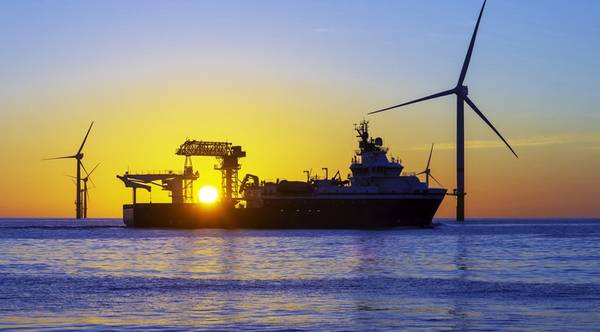
In a recent interview with Maritime Reporter TV, Robert Galinski, DNV’s Offshore Wind Director, Americas, discussed the lingering question of whether existing vessels built to serve the traditional offshore oil and gas fleet could serve a significant role in the build out of the U.S. Offshore Wind industry.
“Global SOV (newbuild) numbers in the next 10 to 15 years will be more than 60 vessels,” said Galinski, “and I think the U.S. will probably take just under a third of that, if all of the projects in the pipeline are realized,” said Galinski, noting that CTV and SOV newbuild capability is high in the U.S.
While newbuild vessels will, in the long run, be the preferred choice premised on their efficiencies as well as the ability to design in fuel flexibility for future changes, Galinski said he expects existing vessels in the U.S. fleet to play a role in the short term.
“Given what we've discussed, there needs to be some space for existing vessels and they can certainly fill some gaps; but only up to a point. Many of the existing U.S. OSVs, for example, could support both the commissioning and the operational phase. Most likely they'll need to be retrofitted with walk-to-work systems and extra accommodation. This can be a way of getting more of the larger PSV fleets operational in shorter time, an alternative of building new tonnage,” he said.
While retrofitting existing ships will plug some holes, “there will come a point where they won't be cost efficient, and it would make more sense to build a tailor-made new build, particularly for SOVs.”
He estimates time window to use converted vessels at two and five years, with the long-term eye on bespoke designed tonnage that are outfitted and optimized for the task at hand, outfitted too with low emission technologies and effective energy saving systems, like battery hybrids.


